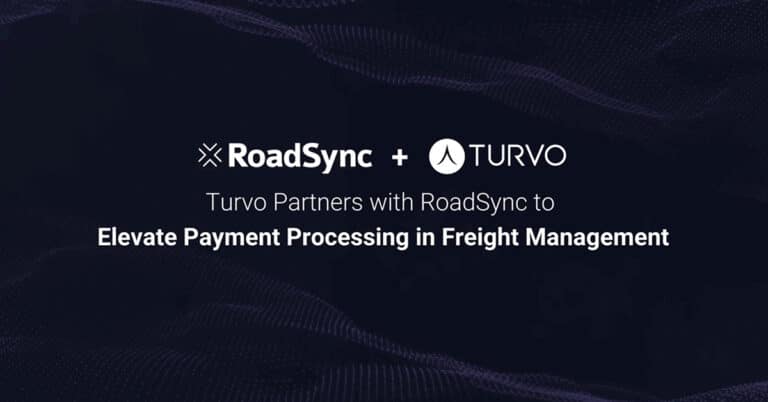Any company in the long-haul hauling sector must have used a load board at some point. But picking the right one to use can be challenging. The process can sometimes be overwhelming, especially when carriers have access to a wide variety of load boards, and is equally difficult for a shipper, broker, carrier, or driver. Carriers must use the most cutting-edge technology to increase operational efficiency and maintain competitiveness in light of the present driver scarcity. Although load boards and automated freight matching have become increasingly popular over the past year. However, not all load boards are made equal. There can be better load boards in a specific area, which may or may not be suitable for particular company requirements. Hence it becomes crucial what should be considered while using the top load boards available today.
What is a Load Board, and how does it work?
Load boards link shippers and freight brokers with carriers that need their services. Consider it a marketplace or a database of truck freight. Some load boards can provide additional services such as load tracking or insurance.
Carriers use online load boards because they enable faster and more work options and helps to build long-term connections. Furthermore, load boards provide transparency. They contain information like payment terms and credit information, making it simpler to discover reputable brokers and shippers.
On the other hand, shippers and brokers may use them to find a trustworthy carrier quickly. Since load boards also have a supply and demand equation, load costs can fall with more carriers offering options, making it far less expensive to hire. They make it easier to identify available freight, but there are five things a company should consider before booking the next load:
1. Posting Accurate Load Information
A company may list all the available cargoes for all carriers to see as a freight broker. But just posting the requirement is not enough. Before publishing, shippers should ensure they are providing complete and accurate information about a load. Some of the examples can be:
Correct Origin and Destination
Dates for pick-up and delivery
Equipment requirements
Weight & volume of the load
Desired pay rate
Contact information
Detailed instructions or remarks
Including the complete information help carriers to determine whether or not they can move the load at the advertised price. On a load board posting, inadequate or incomplete information wastes everyone’s time and leads to disputes and dissatisfaction among both parties later. Therefore, any posting, whether a requirement or an offering, should be validated before publication.
2. Efficient Search
As a shipper, a company should not just put up a load and wait for a phone call. Load boards contain a search tool to find trucks that fit the load. With simple inputs such as load lane, equipment type, and date, the load board can provide a selection of available trucks that fulfill the criteria. The results can also be sorted by how close they are, by price, or by pick-up distance.
3. Understanding Market Conditions
Load boards can be used to understand what the competitors are doing or the general market conditions. A company can check for available loads similar to theirs to see how many other brokers are competing. Such information assists in fine-tuning the company’s long-term logistics strategy.
4. Quick Pay and Mobile Apps
A company may not always have access to a computer, and a load board must be able to provide faster access through a smartphone. The load board should provide a high-quality mobile application that is easy to use while being on the move, includes real-time updates, and has valuable filters to assist in discovering the correct match for the load and trucks. In addition to apps, there should be an option to pay online, which helps faster load turnaround.
5. Customer Service
Some load boards include load planners, credit ratings/scores, mileage/routing, and free corporate websites at no extra charge. A load board service with efficient customer service support should have people who can assist in navigating and implementing the new technology. Customer service should be able to provide quick and correct information on the trucks, loads, and schedules.
If you are looking for great Collaborative TMS solutions that integrate easily, Turvo is the right partner. Turvo provides the world’s leading Collaborative TMS application designed for the supply chain. Turvo connects people and organizations, allowing shippers, logistics providers, and carriers to unite their supply chains, deliver outstanding customer experiences, collaborate in real-time, and accelerate growth. The technology unifies all systems, internal and external, providing one end-to-end solution to execute all operations and analytics while eliminating redundant manual tasks and automating business processes. Turvo’s customers include some of the world’s most considerable Fortune 500 logistics service providers, shippers, and freight brokers. Turvo is based in the San Francisco Bay Area with offices in Dallas, Texas, and Hyderabad, India.









